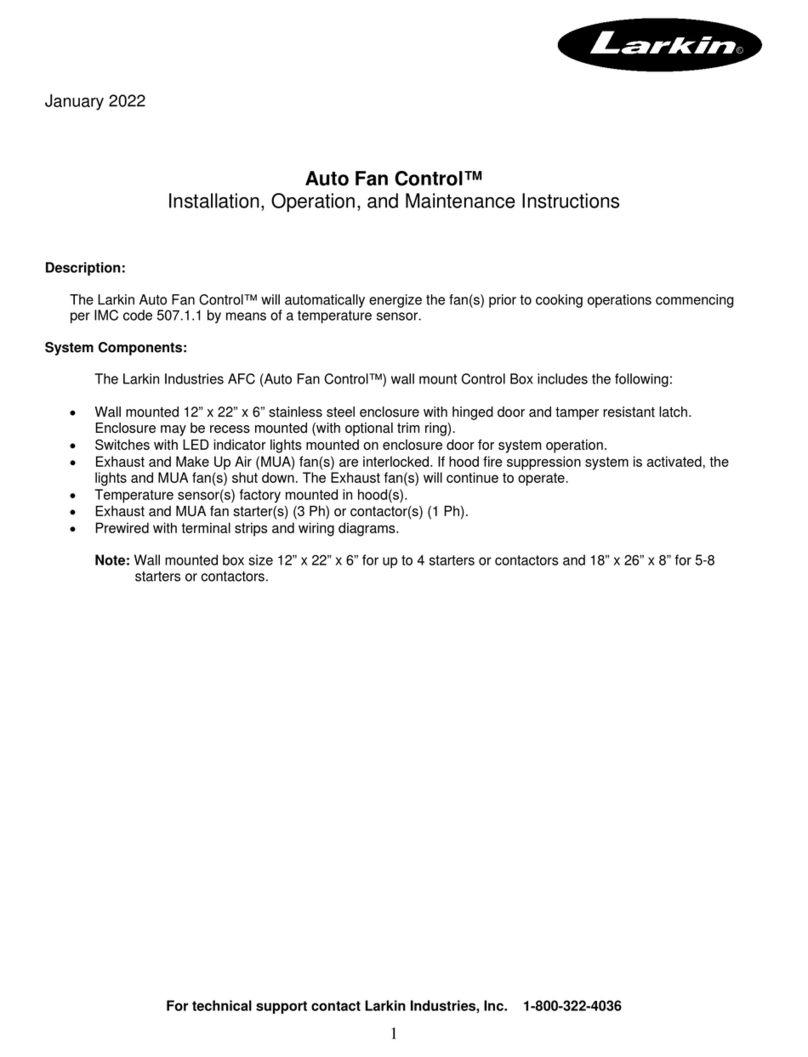- 6 -
OPERATING INSTRUCTIONS
*** CAUTION : UP TO 6400V ON TEST LEADS ***
INTRODUCTION
This Power Semiconductor Tester is designed to perform testing of power semiconductors, such as,
SCRs/Thyristors, Diodes, IGBTs, Transistors, and most MOS FETs.
The Cathode (Emitter) of the device under test is operated near ground potential.
The tester performs three tests : PFV (Peak Forward Voltage), PRV (Peak Reverse Voltage), and Gate
Voltage and Current to trigger (Base Current for Transistors). The test circuits are of the type recom-
mended by the JEDEC test standards RS397. The PRV/PFV tests applies a PEAK REVERSE VOLT-
AGE or PEAK FORWARD VOLTAGE, half wave 50-60 Hertz wave form to the device and the result-
ing peak leakage current is measured by a peak storage circuit and displayed on a peak reading ammeter.
The E/I curve of the device can be displayed on an X/Y oscilloscope. The DC Gate test is used to meas-
ure the DC gate voltage and current required to trigger the device into its On-state. The Anode
(Collector) supply is half wave 50/60 Hertz wave form.
The tester provides a Gate Voltage high enough to test for turn-on of IGBTs and MOS FETs.
Both NPN and PNP bipolar transistors can be tested.
PREPARATIONS AND PRECAUTIONS
Plug the tester into a properly grounded three wire receptacle.
When testing pressure pack components (hockey pucks), the component MUST be compressed at ap-
prox. 200-300 lbs. On page 5 is a suggested simple device for compressing these types of components.
It is recommended that the instrument is connected to ground via the GROUND terminal on the front
panel. Note: When testing IGBTs or Darlington Transistor modules, the base plate on the module un-
der test MUST be connected to the GROUND terminal.
NEVER keep the test button pressed over 15 seconds!
NEVER touch the test leads or the device under test while the “TEST” button is depressed.
Always turn the Voltage Control to the zero position before connecting or disconnecting the device un-
der test.
It is possible to observe the E/I curve of the device under test by connecting an oscilloscope to the con-
nector on the front panel with the optional 2 connector cable. Connect the BNC connector with a red and
black wire to the X-axis and the BNC connector with a green wire to the Y-axis. Set the X-axis to 0.2V/
div for a sensitivity of 200V/div and the Y-axis to 0.1V/div for a sensitivity of 1mA/div. The output sen-
sitivity is automatically changed when the function switch is moved to the Gate position. Note that the
Anode wave form is displayed during the gate test, not the E/I curve.




























